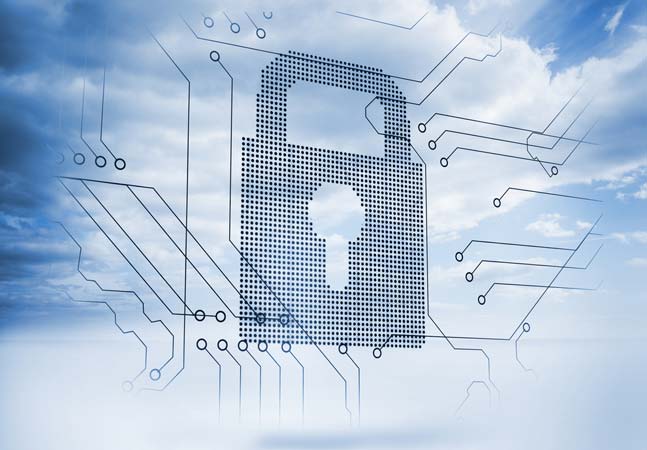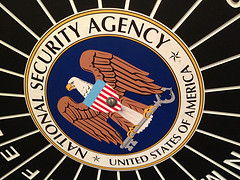Combine them all!
Multipath Networks
Are you struggling to play Netflix on a 2Mbps Internet connection? A new cloud-connected router using the same type of multipath technology that Apple put in the iPhone might solve your problem.
Launched this week on Indiegogo, the $199-$289 system from Multipath Networks in Ireland combines connections such as DSL, cable, 3G, and 4G into one pipe. Up to four connections can be used at once.
The idea of aggregating mobile and wired signals in the home is an old one. But it certainly hasn't become commonplace, and Multipath Networks takes advantage of the new Multipath TCP protocol that's used in the iPhone to let Siri switch between Wi-Fi, 3G, and LTE quickly and seamlessly.
"Apple claims to be the first to deploy this, but actually we were; we've been doing this for over a year now," Multipath Networks CEO Justin Collery told Ars today.
The company's debut product worked only with mobile networks and was intended for providing more reliable connectivity to emergency responders, Collery said. The latest system is its first intended for home and office use.
One caveat: The router requires a $5-per-month cloud service, potentially introducing latency or privacy and security concerns.
"Under the hood it works in exactly the same way as a regular router, but with multiple Internet connections," Multipath's Indiegogo page says. "The router sends traffic down each interface to our array of aggregating servers. These then put the packets back in the right order and send them on their way. The net result is that data, even a single stream, is sent across all your links. The combined links appear to connected devices as a single, fast, reliable Internet connection, with the speed of all links combined."
Multipath intends to spread out its servers so they're close to most customers. The system still adds one to 10 milliseconds of latency, Collery noted. The servers are needed because "as the traffic is being sent across different operators, it has to be brought back together again into a single stream before going on to the Internet—think of downloading a Netflix movie over two ISPs; the traffic has to be split across them and then recombined," Collery said.
And security? "There is no more or less security than your normal ISP. It's not a VPN. It can be, but that's not what we are selling here," Collery said.
Users will be able to run their own servers on Amazon Web Services if they wish, as Multipath plans to package the necessary software as a free, downloadable Amazon AWS image.
Another limitation of the router is that it only goes up to 100Mbps due to its 10/100Mbps Ethernet ports. A future version could upgrade that with a gigabit port, but since the primary use case is for people with slow Internet connections, 100Mbps is probably enough.
Devoting one's mobile connectivity to normal home Internet use isn't going to appeal to a lot of people worried about data caps. If anything, people like to do the opposite, connecting their phones to Wi-Fi at home to save on data.
However, it could still be useful for people with awful home connections but relatively strong cellular ones. "In the UK and Germany, 33 percent of DSL subscribers can only get 6Mbps or less," Collery said. "In my mind that's not even broadband."
Adding the two together can improve both speed and reliability, helping any Internet application but especially things like streaming video and VoIP calls. The router can be configured to use up your home bandwidth first, thereby limiting usage of cellular data to only those times when you need more than DSL or cable offers.
The router and cloud service operates at between 85 and 95 percent efficient, meaning an aggregated bandwidth of 100Mbps would turn into 85 to 95Mbps in real-world usage, Collery said.
Skype testing.
Phone or Mi-Fi connections can be added to the router wirelessly or with a USB cable. A phone must have tethering enabled to add its bandwidth to the router.
Multiple DSL and cable connections can be added together as well. For example, if you and your neighbor each have a Multipath Networks router, linking them would give you access to each other's bandwidth. Speeds would then improve at times when only one of you is heavily using the Internet.
Collery said he doesn't think this setup would violate most ISPs' terms of service since "You're not selling the bandwidth to each other."
Multipath is trying to raise $30,000. It's got about $7,000 pledged with 30 days to go (although $5,000 of that comes from one very generous donor). Estimated delivery of the technology is January 2014.
While $199 is the cheapest price for Multipath Networks hardware, Indiegogo contributors can also get just the Linux-based router software for $15. The software can be installed on a PC Engines ALIX 2D13, the same technology used in Multipath hardware.
The $199 product is a basic one with three Ethernet ports and two USB ports. For $249, one wireless card is added. A second wireless card is present in the $289 device. This is important since it lets you "use 1 wireless interface to access the router while using the second wireless interface to wirelessly tether your iOS/Android/Mi-Fi device," the Indiegogo page says.
All the hardware purchases come with six months of free access to the network of aggregating servers, which costs $5 per month thereafter.
The router's Wi-Fi connectivity is single-band 802.11n, Collery said. Users can upgrade to dual-band themselves by replacing one of the wireless cards.

 [Ed. note -- We are pleased to feature a guest post today by Kit Walsh of the
[Ed. note -- We are pleased to feature a guest post today by Kit Walsh of the